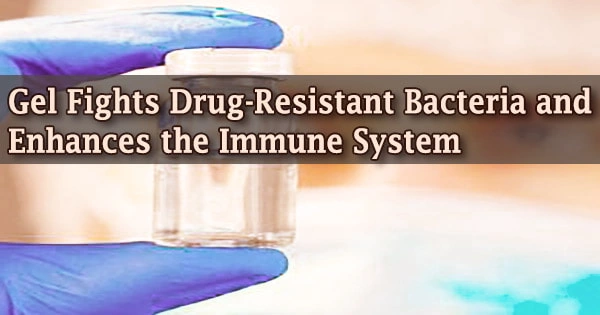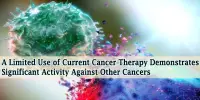Triplatin is effective against triple negative breast cancer, the most aggressive type of breast cancer with limited targeted medicines, according to a study by Virginia Commonwealth University Massey Cancer Center researchers published in today’s print edition of Molecular Cancer Therapeutics.
The 30-year-old medicine triplatin has had a difficult time getting approved by the Food and Drug Administration, but this study provides fresh information that might help it eventually succeed.
The researchers discovered that sulfated glycosaminoglycans (sGAG), which triplatin strongly binds to and causes the medication to accumulate inside cancer cells where it can cause the greatest harm, were prevalent in tumors in roughly 40% of instances of triple negative breast cancer. Contrarily, the platinum-based medication carboplatin, which has received FDA approval, targets tumors with low sGAG levels and eliminates them.
This finding shows that rather than diluting any beneficial benefits across a heterogeneous patient population, clinical trials of triplatin should concentrate on patients with high sGAG levels to position the medicine for success.
“It’s very important that we have some idea of how the drug works so we can only treat those that will be most likely to respond,” said study co-senior author Nicholas Farrell, Ph.D., professor of chemistry at Virginia Commonwealth University. “Now, we have a new perspective.”
The mid-1990s saw the patenting of triplatin, which was created in Farrell’s laboratory. The medication entered phase II clinical studies in the 2000s as a possible treatment for pancreatic, lung, and ovarian cancer, but in each case, the efficacy was not high enough to receive FDA approval.
Despite the fact that some of the patients who reacted to the medicine remained in remission for a number of years, phase III was abandoned and triplatin never reached the clinic.
When Farrell spoke about the promise of triplatin five years ago, Jennifer Koblinski, Ph.D., assistant professor of pathology at the VCU School of Medicine and director of the cancer mouse model core at the VCU Massey Cancer Center, got an idea.
It’s very important that we have some idea of how the drug works so we can only treat those that will be most likely to respond. Now, we have a new perspective.
Nicholas Farrell
“Most clinical trial participants are going to be at a later stage of cancer,” said Koblinski, who is a co-senior author on the paper. “I said ‘why don’t we try it on a model that looks like a patient with advanced disease?’”
Koblinski selected triple negative breast cancer because it aggressively spreads to other regions of the body, develops treatment resistance quickly, and recurs in around half of patients. The typical survival time after a recurrence of this cancer is roughly one year.
Koblinski’s team gave mice injections of tumor cells from patients with triple negative breast cancer and various concentrations of sGAG to mimic the disease in animals. Triplatin, carboplatin, or salt water were randomly given to the mice in each group.
Triplatin lowered the likelihood that cancer would spread to the lungs, liver, or ovaries in mice with high levels of sGAG and prolonged longevity. Carboplatin worked better in mice with low sGAG levels.
Importantly, triplatin was also effective against carboplatin-resistant tumors, indicating that this medication may be utilized as a second-line therapy for individuals whose cancer returns after a course of carboplatin therapy.
Farrell and Koblinski intend to begin a phase I/II clinical trial investigating triplatin in patients with triple negative breast cancer and high sGAG levels within the next year or two. In the meantime, researchers are investigating the targeted treatment of ovarian cancer that is resistant to carboplatin and triplatin.
“Phase II drugs don’t go away,” said Farrell. “They tend to be recycled. People find new data and new ideas.”
Additional authors on the study include James Hampton, Erica Peterson, Tia Turner, Mohammad Alzubi, Ph.D., J. Chuck Harrell, Ph.D., Mikhail Dozmorov, Ph.D., Joseph McGee Turner, Ph.D., Pam Gigliotti, Vita Kraskauskiene, Mayuri Shende, Michael Idowu, M.D., M.P.H., Madhavi Puchalapalli, M.S., Bin Hu, Ph.D., Larisa Litovchick, M.D., Ph.D., of VCU; Samantha Katner, Ph.D., of Minnesota State University; Eriko Katsuta, M.D., Ph.D., and Kazuaki Takabe, M.D., Ph.D., of Roswell Park Comprehensive Cancer Center.
















